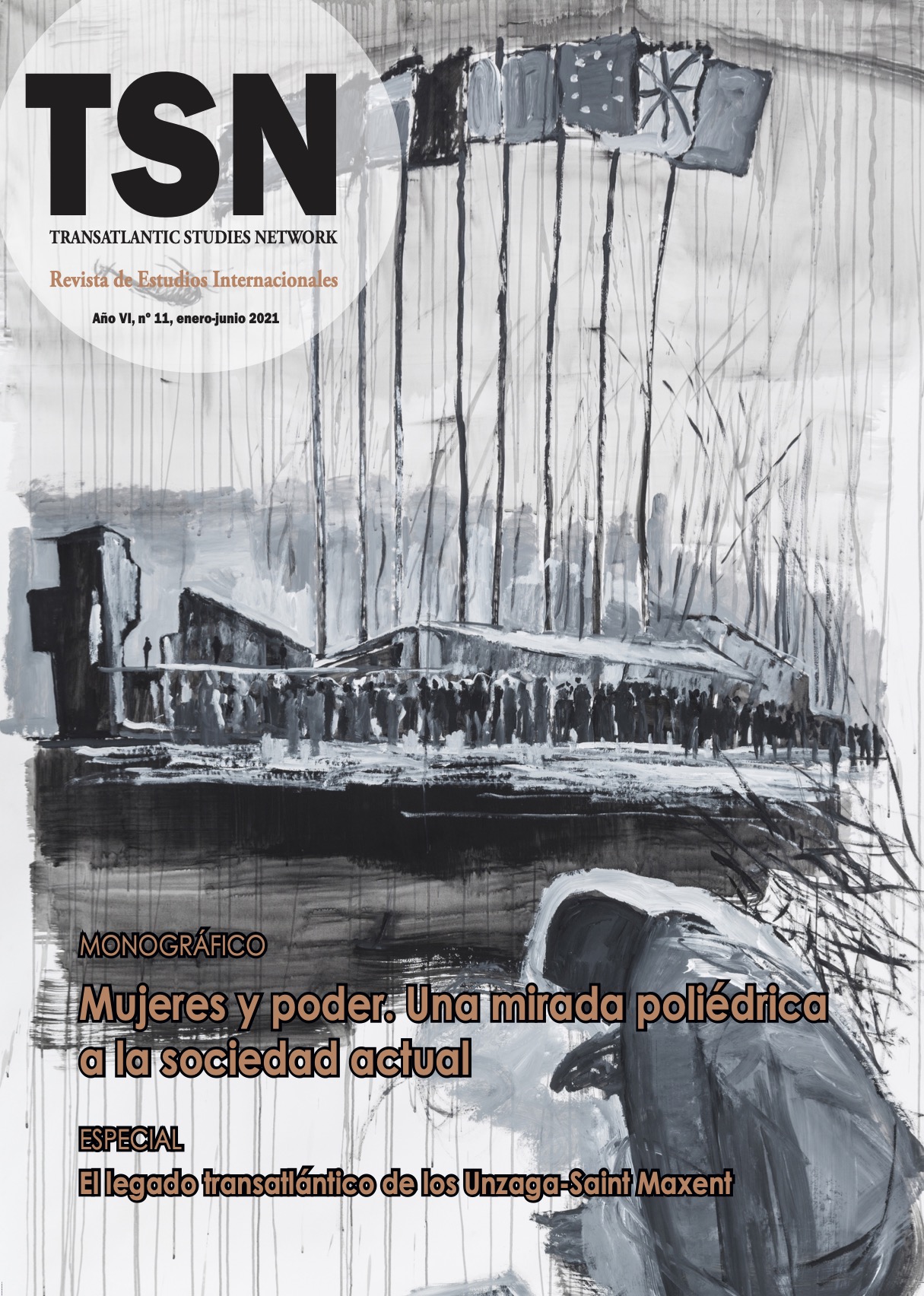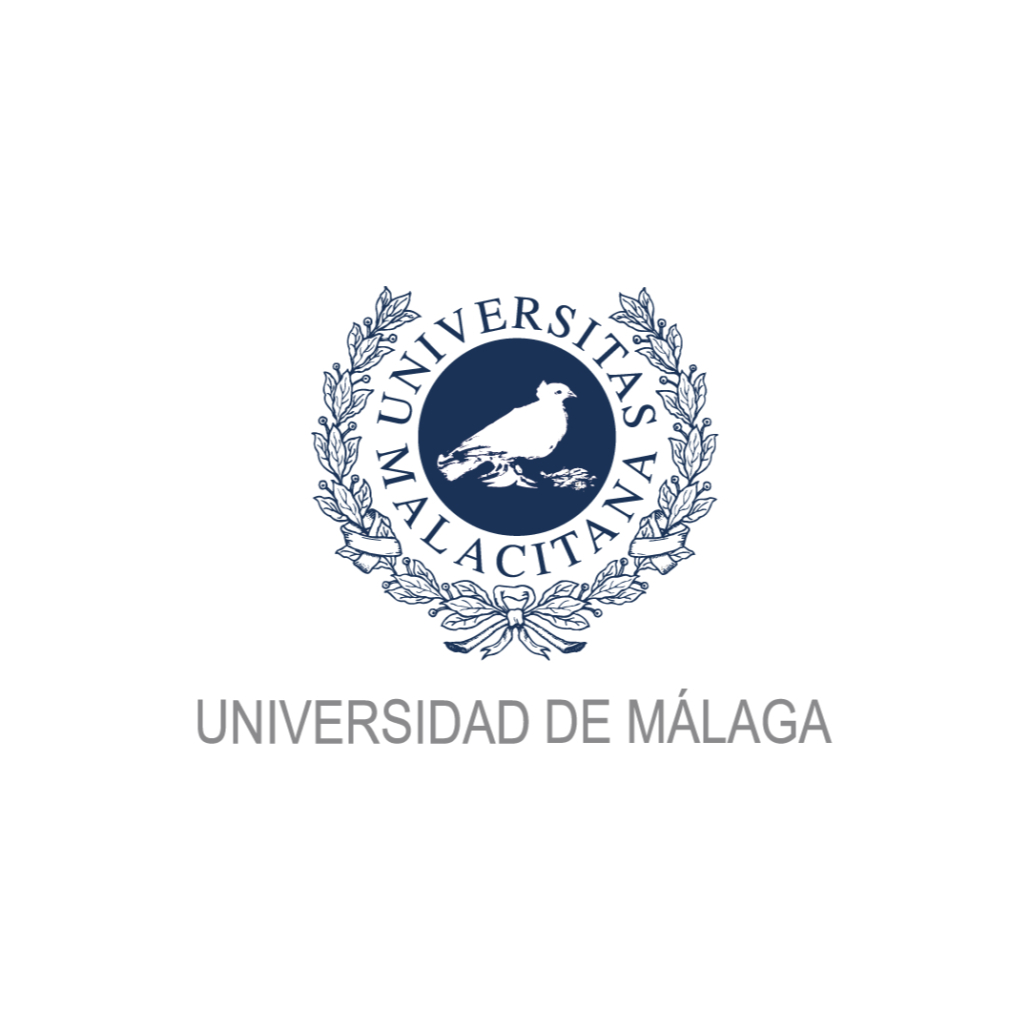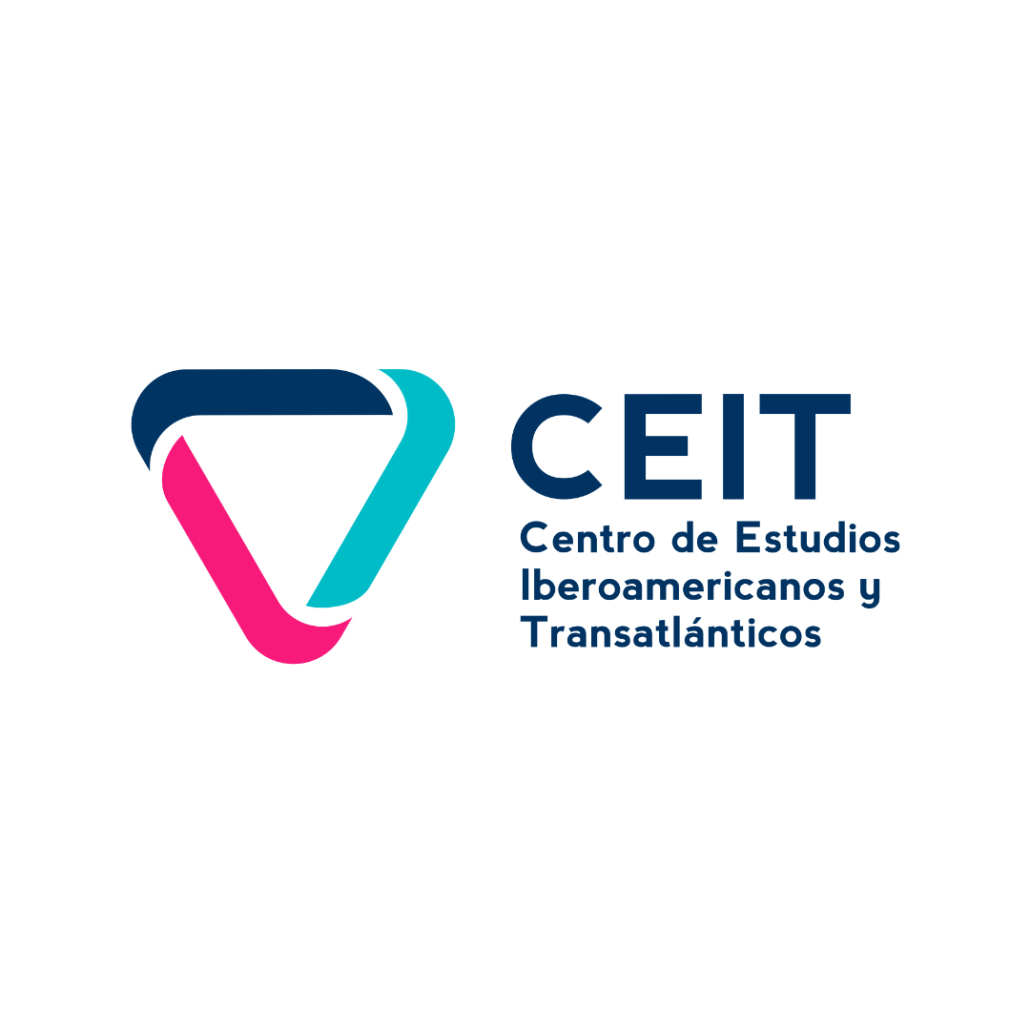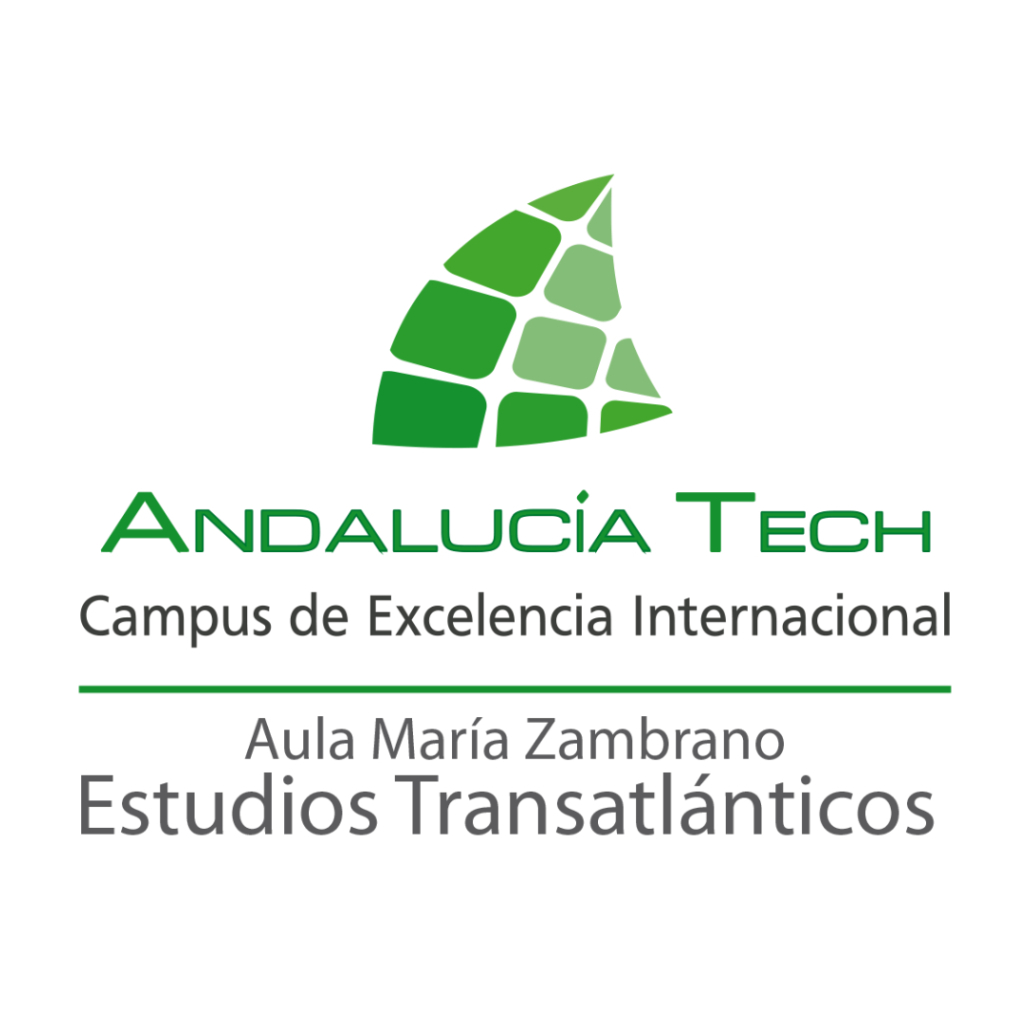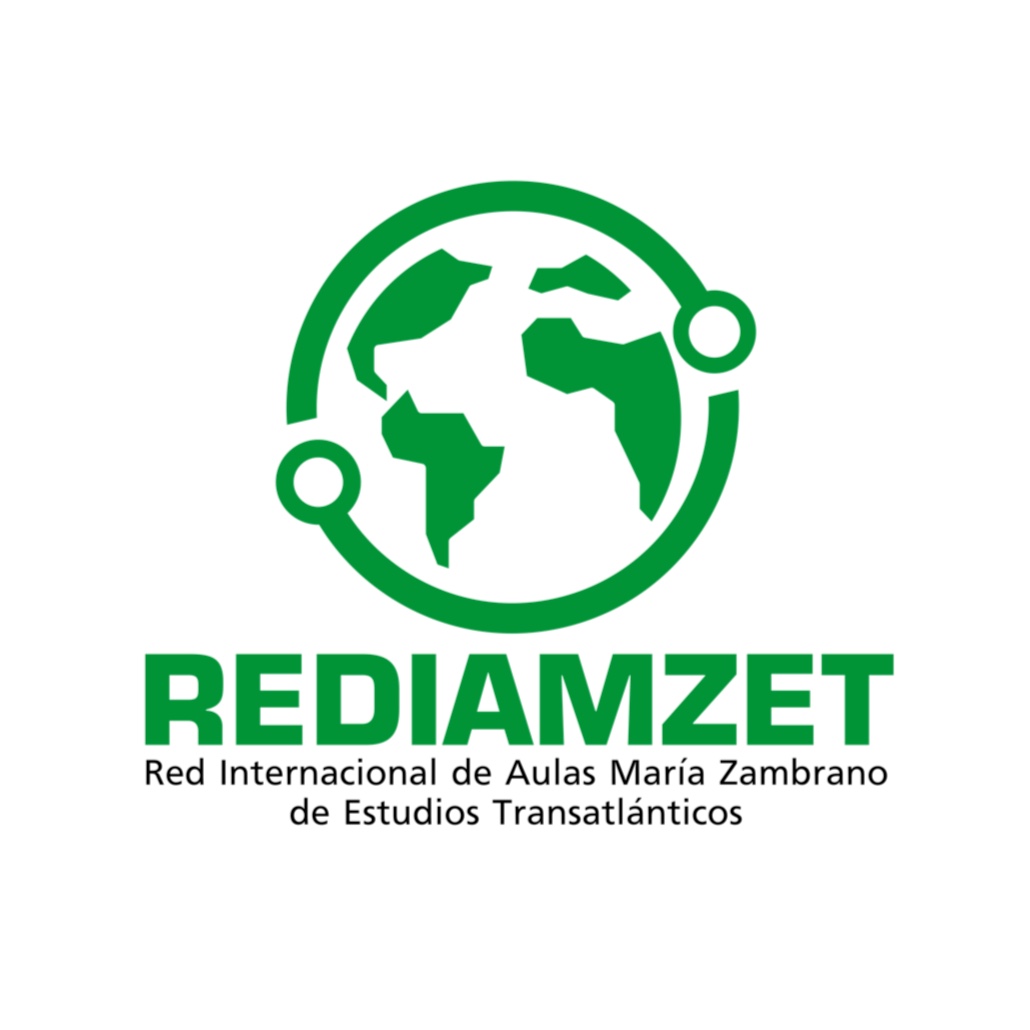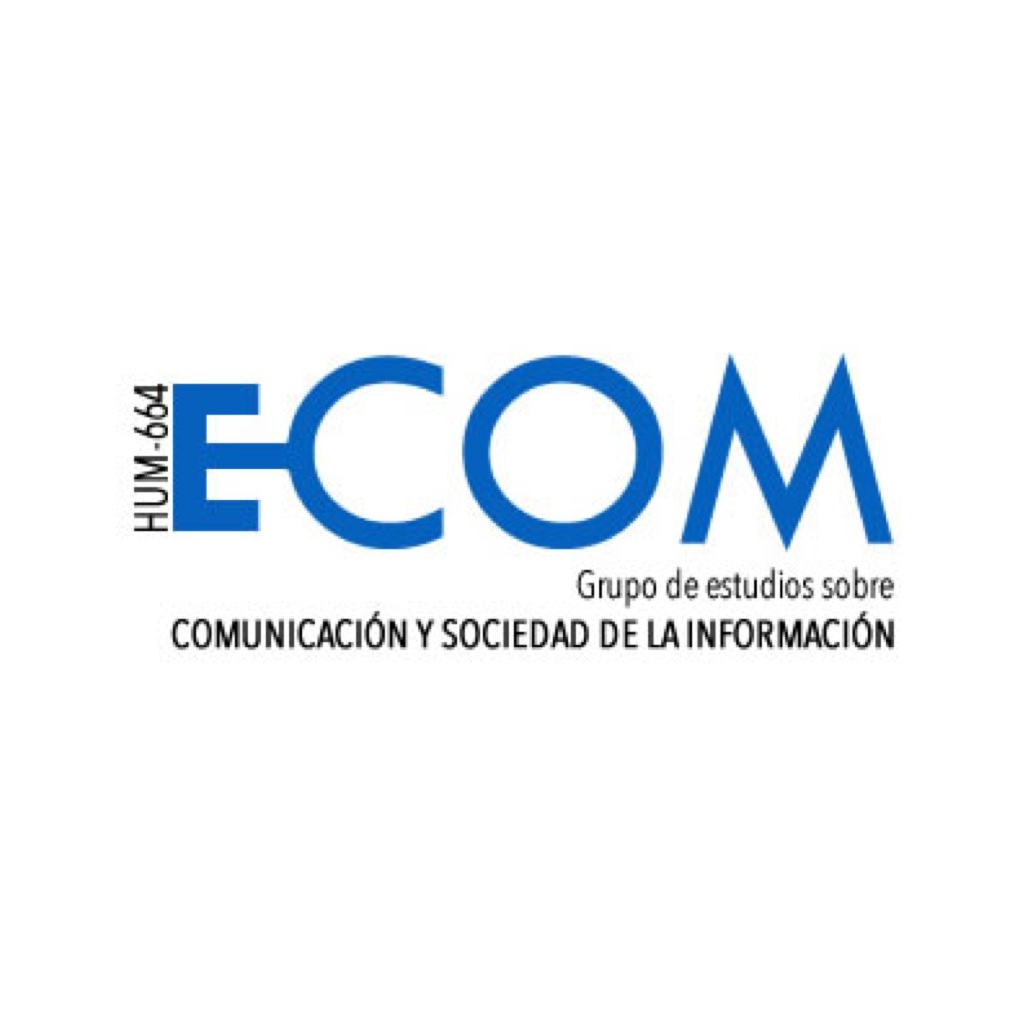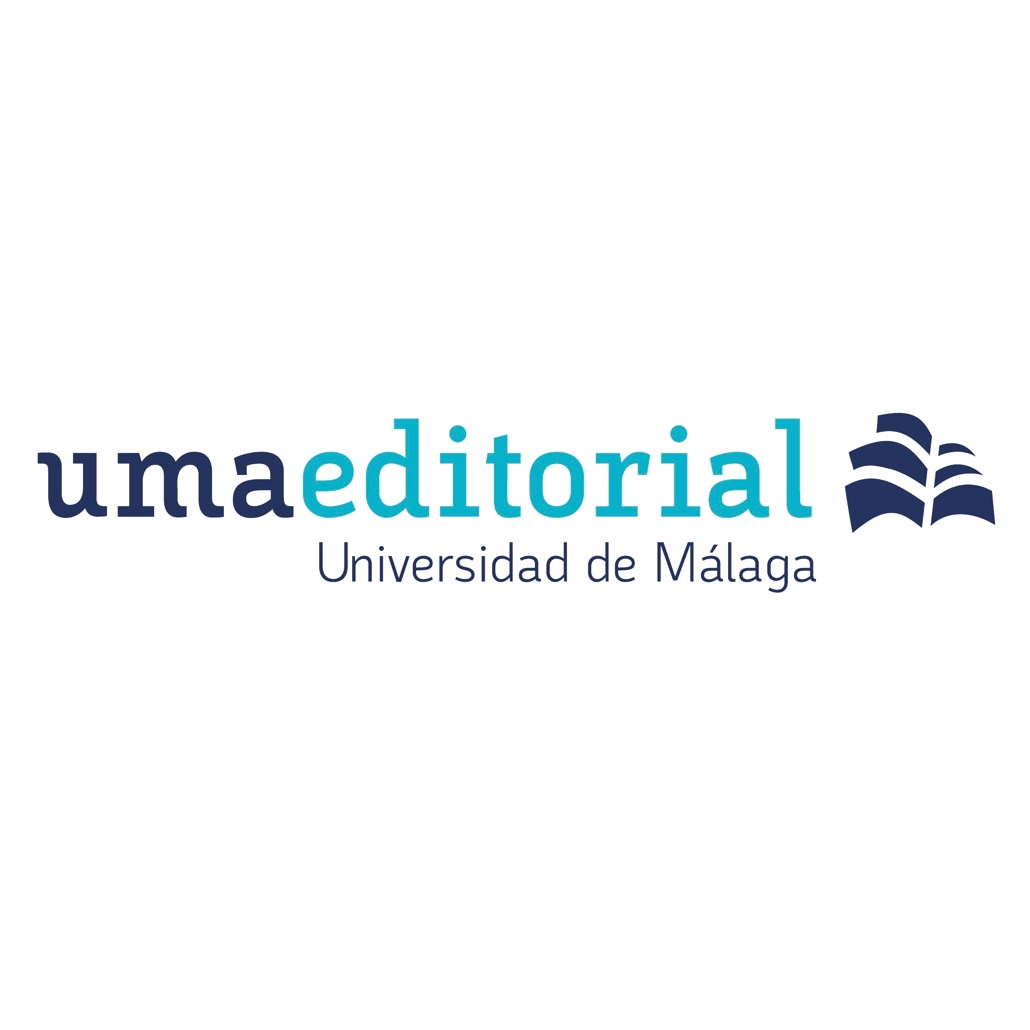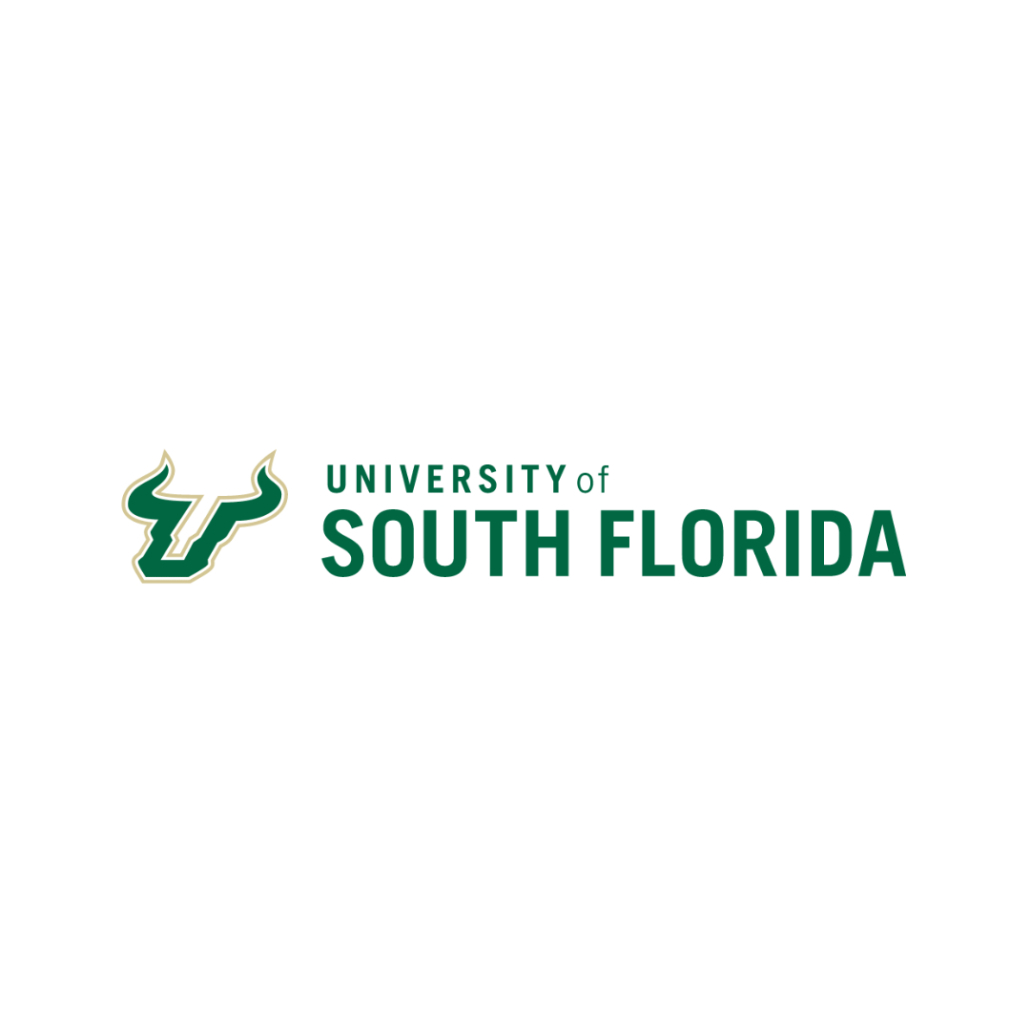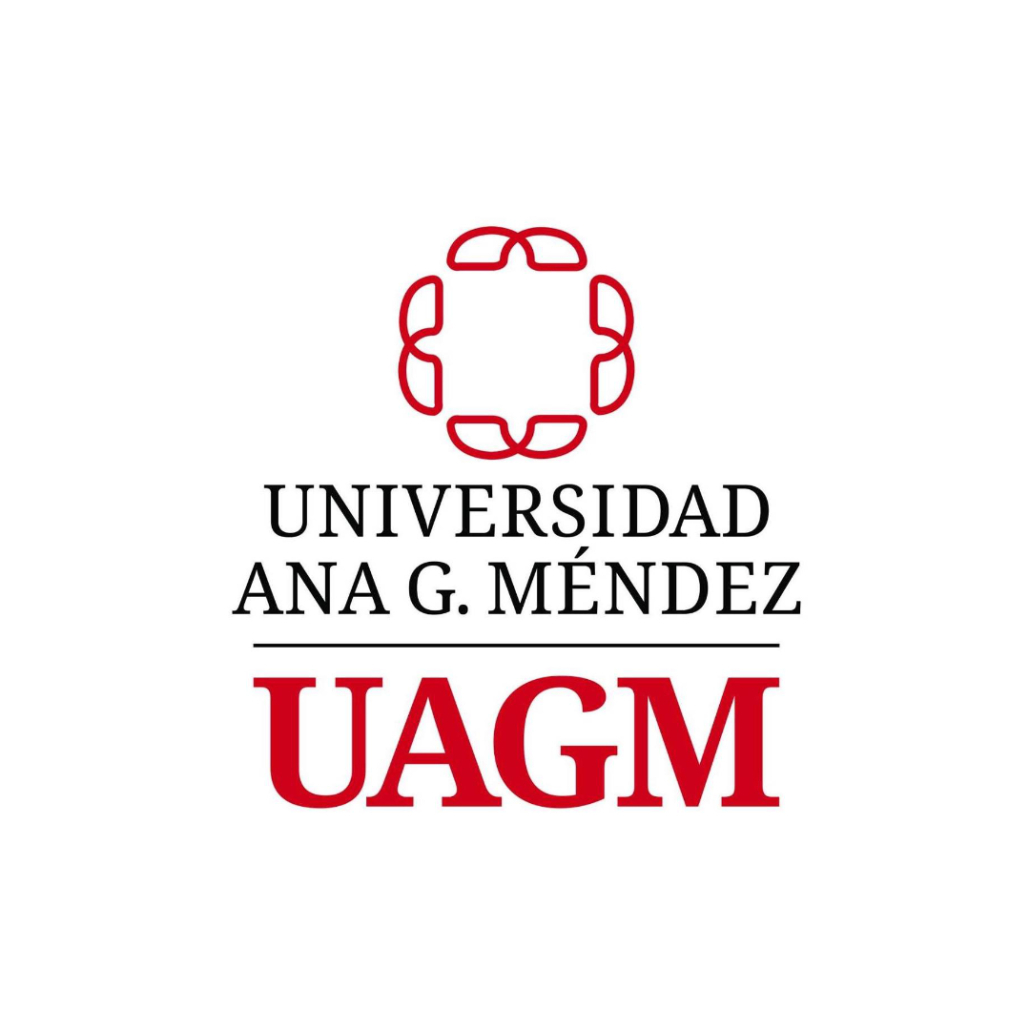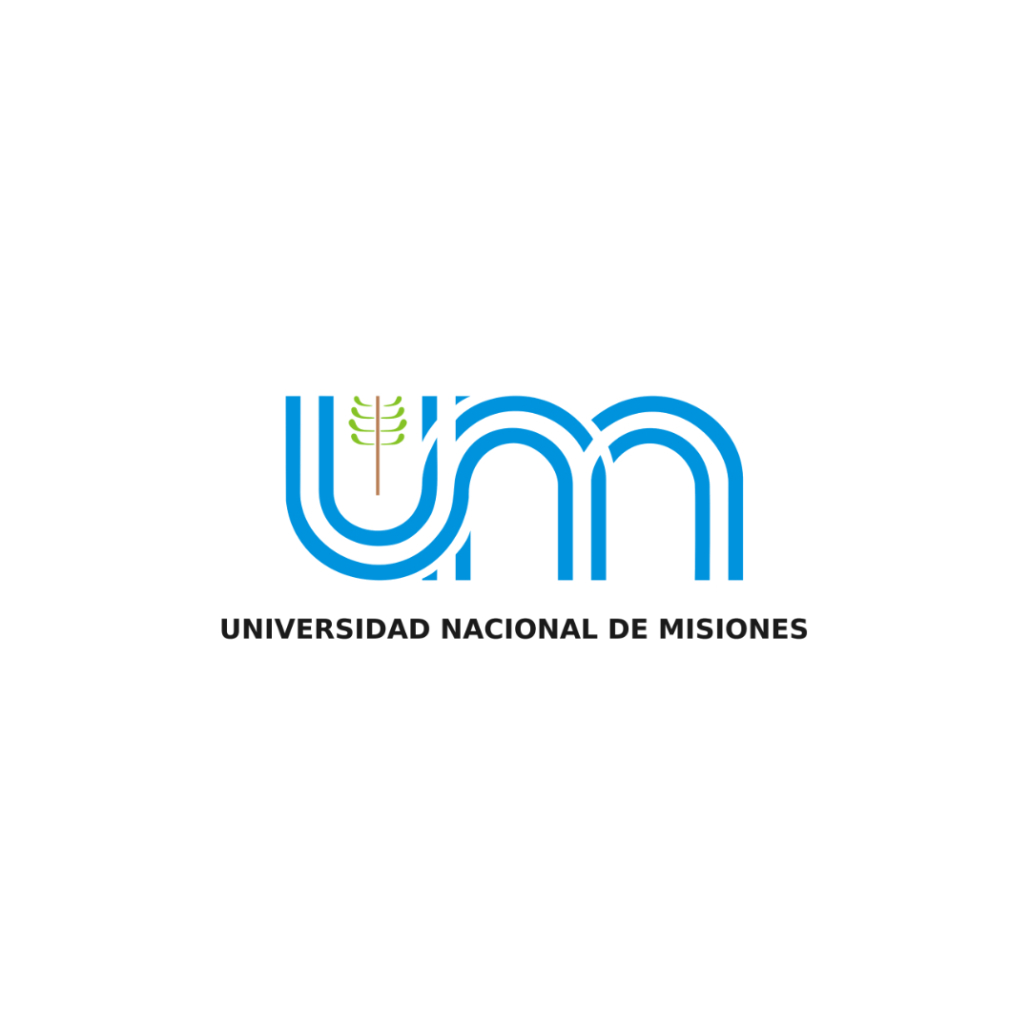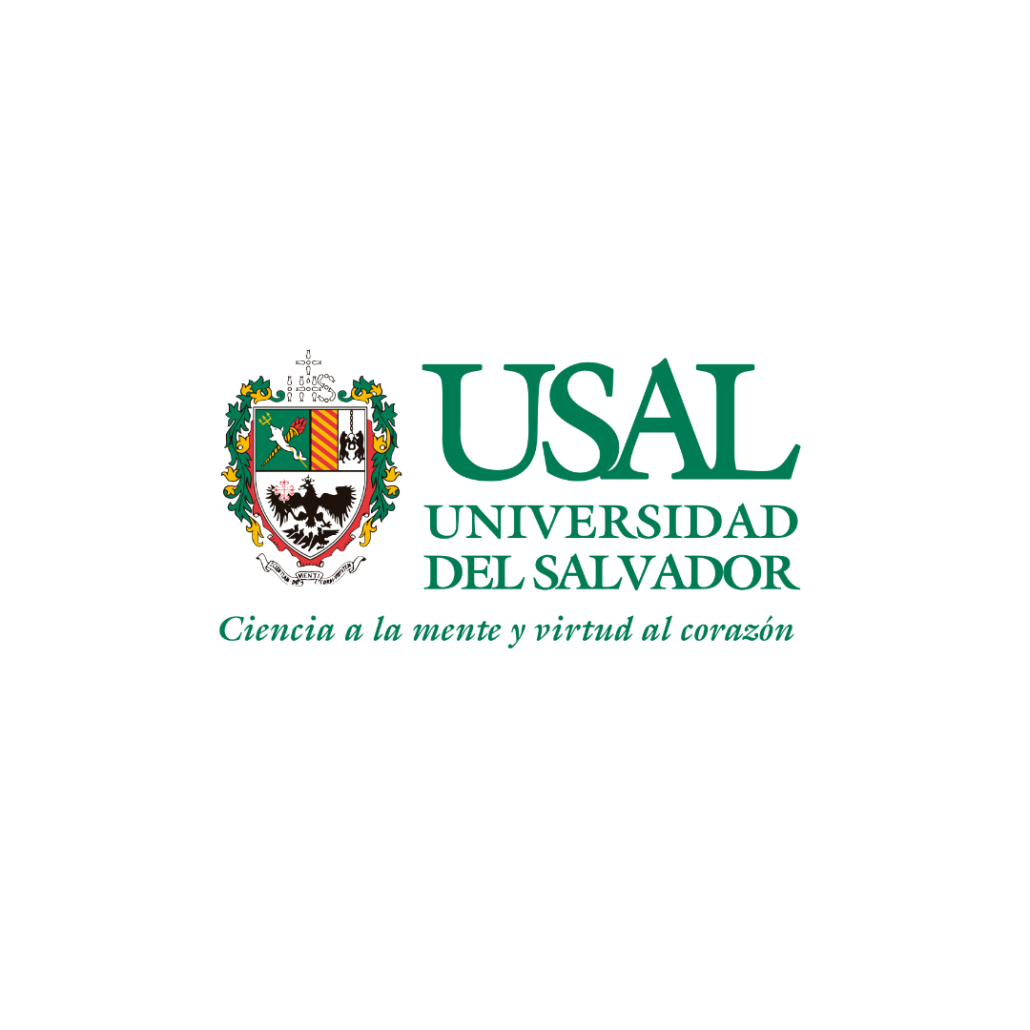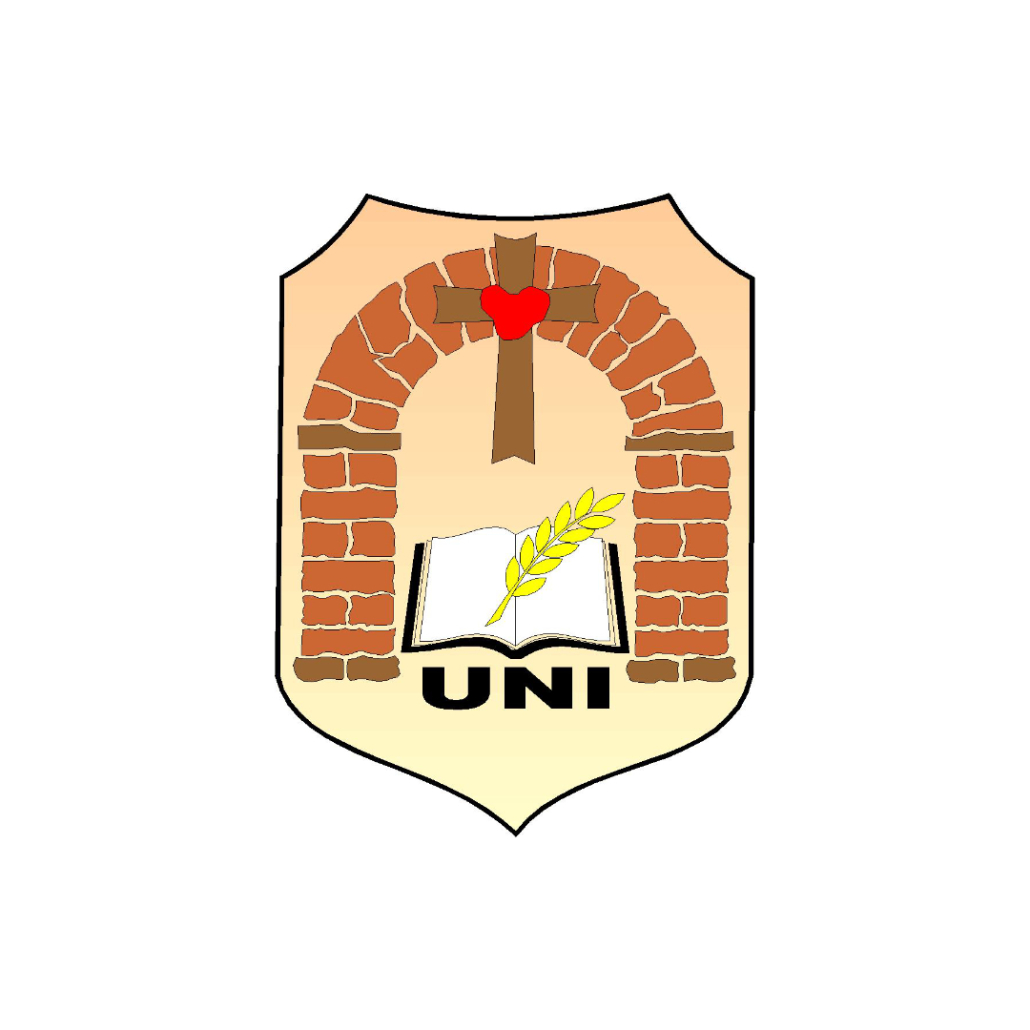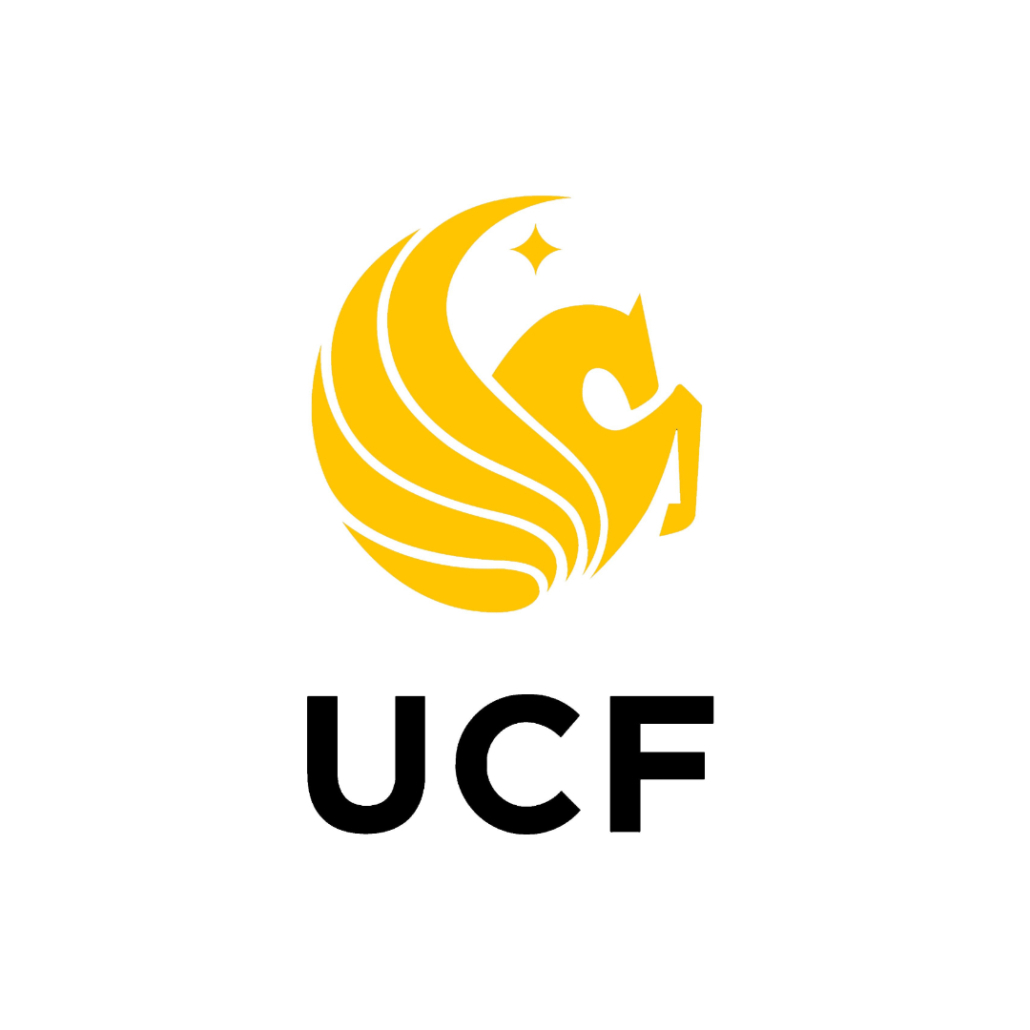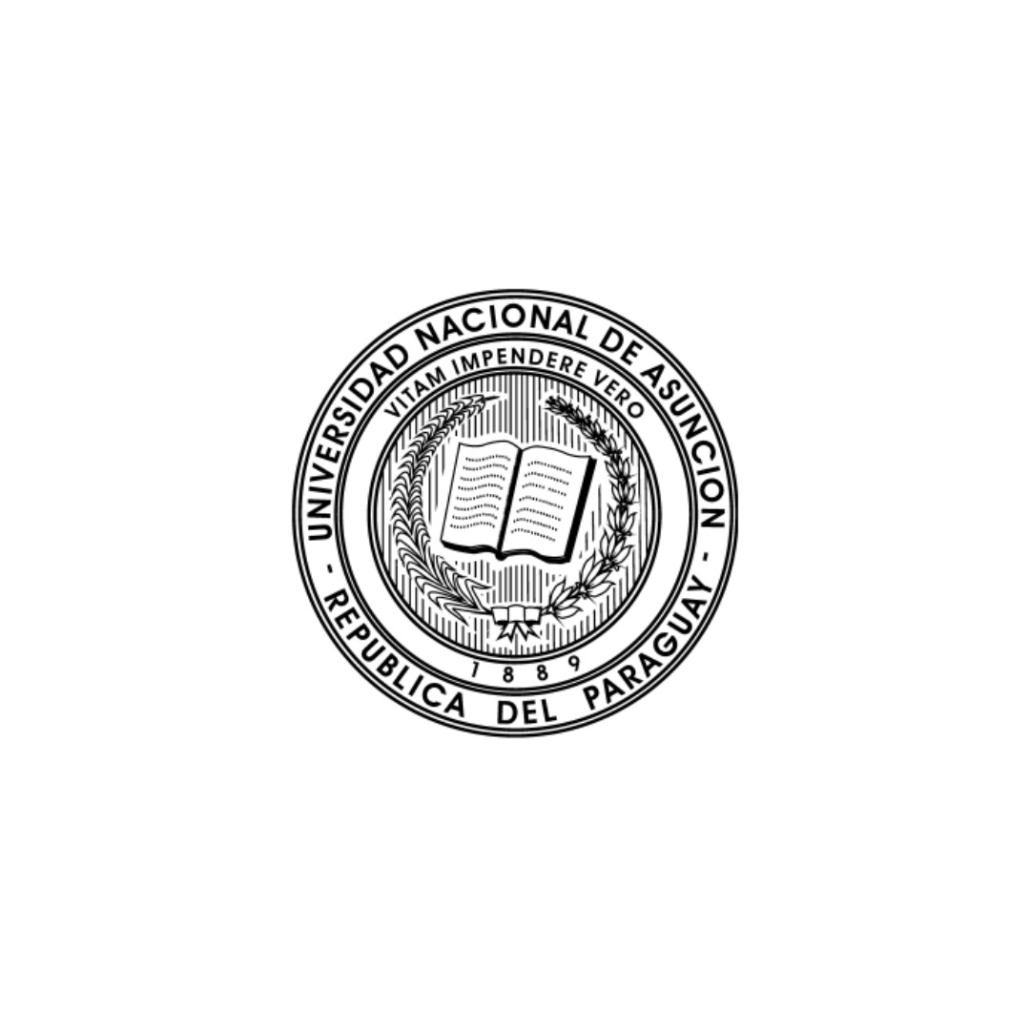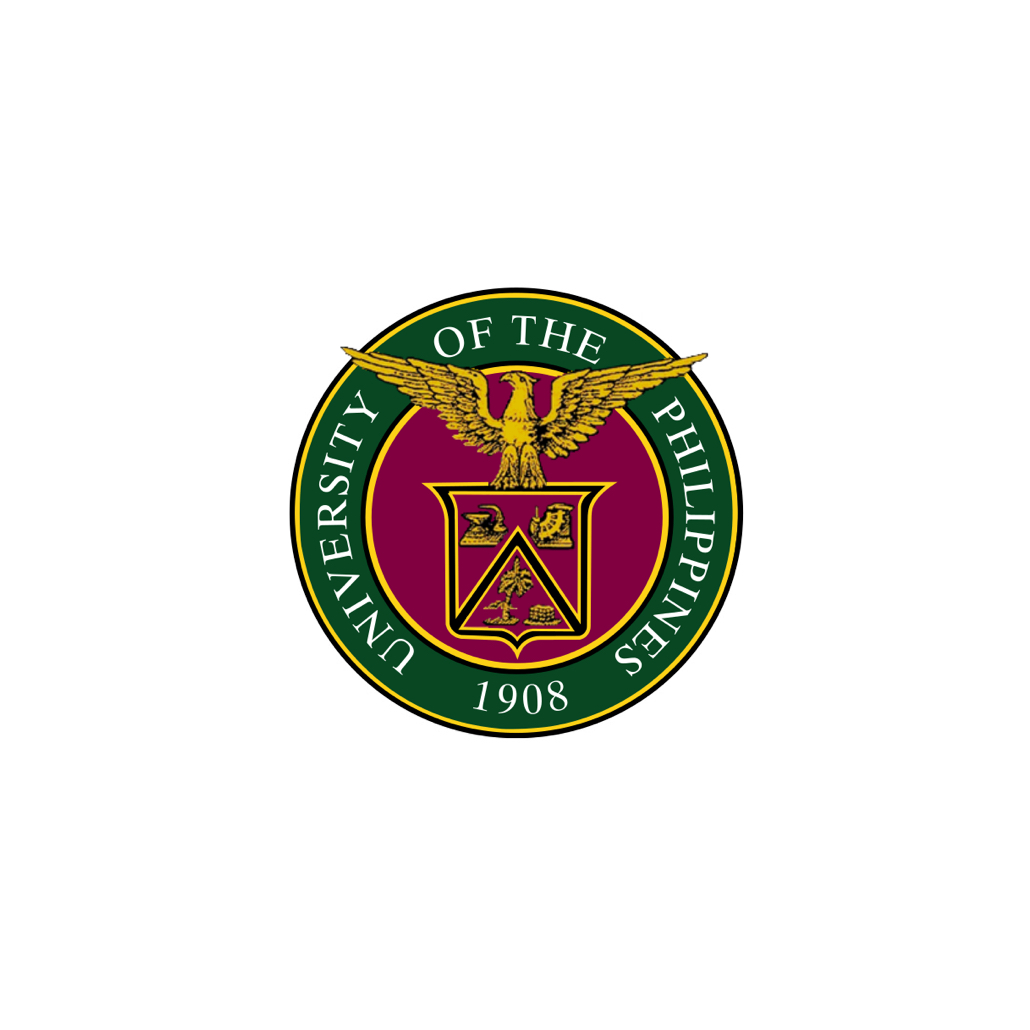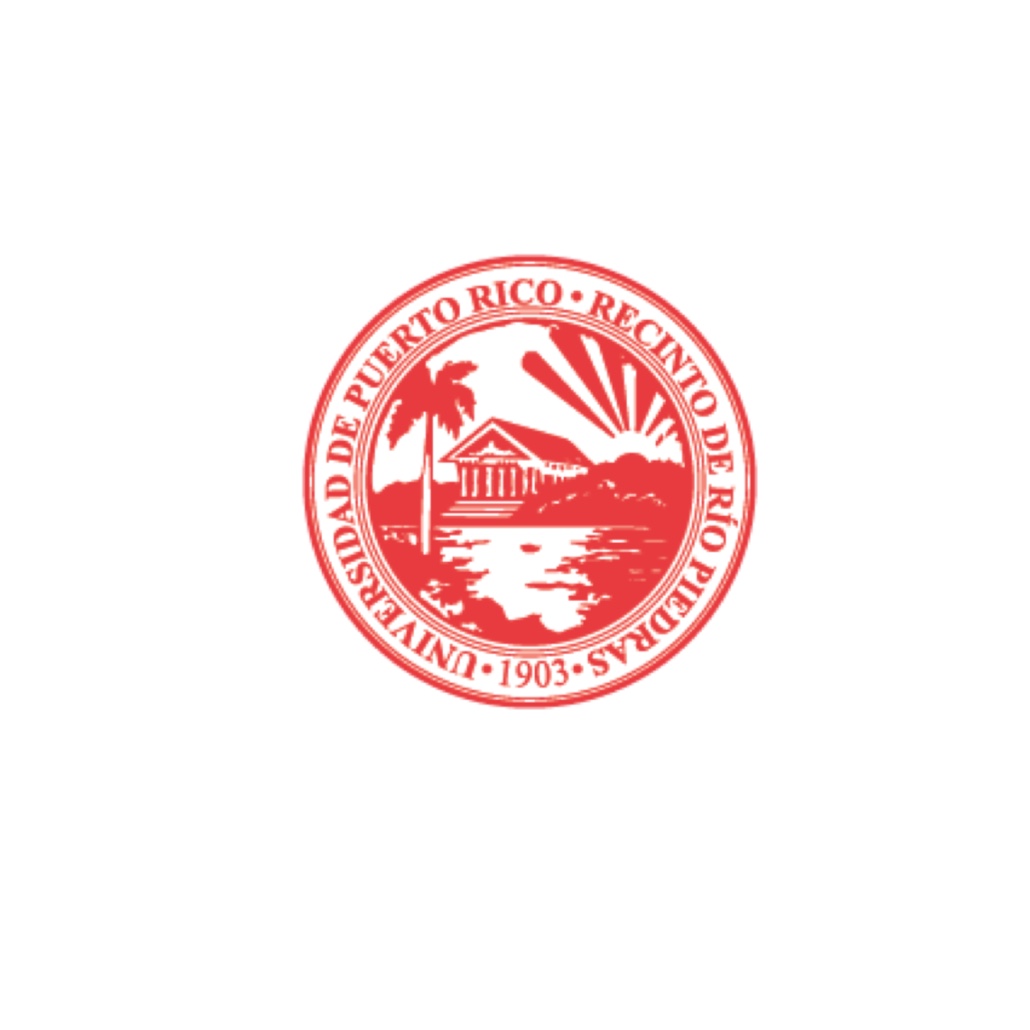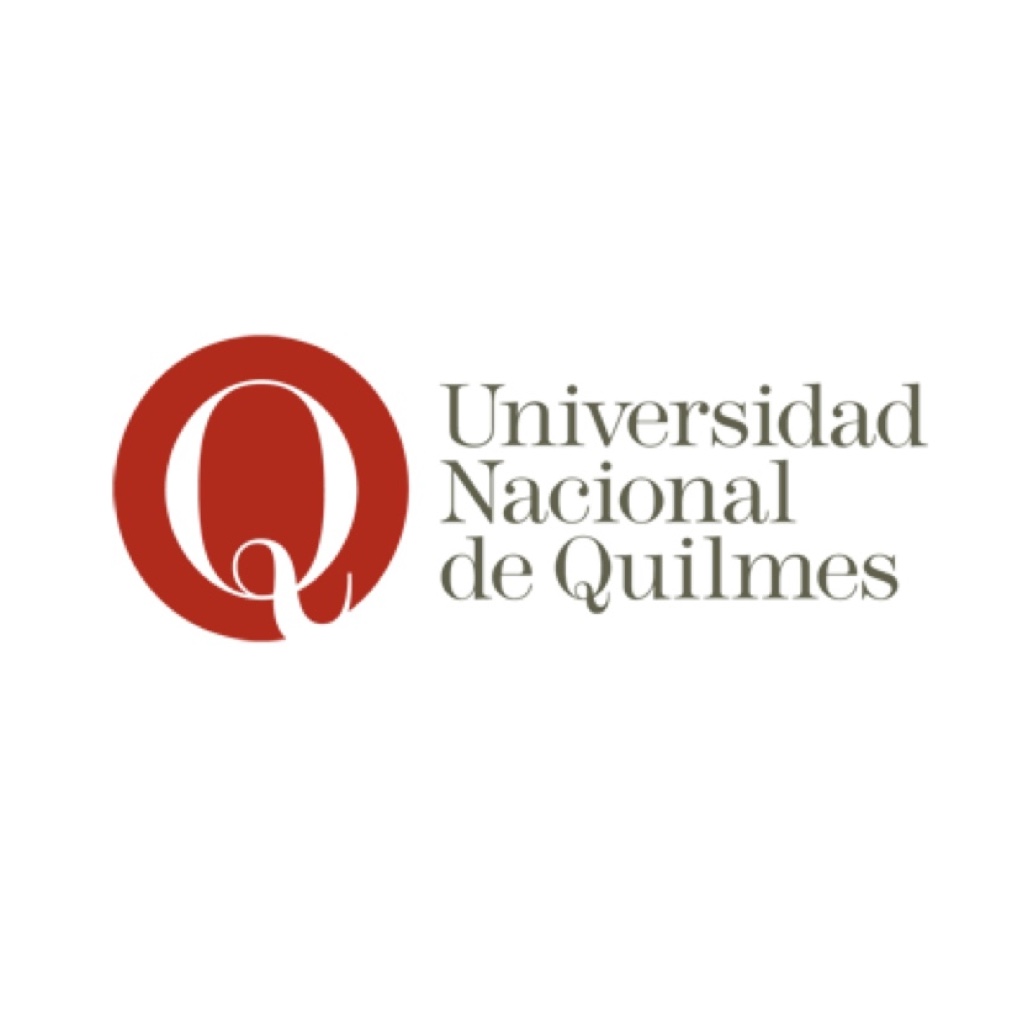The cosmopolitan Elizabeth St. Maxent de Unzaga, philanthropist and patron of enlightened education
DOI:
https://doi.org/10.24310/TSN.2021.vi11.14342Keywords:
Philanthropic, first bilingual public schools, societies of Ladies, Elizabeth St. MaxentAbstract
Outline the biography of Elizabeth Saint Maxent de Unzaga is getting into the life a creole woman’s both public and private life, coming from a wealthy and influential family of French origin in the Spanish Louisiana with the general context of the Atlantic Revolutions and the birth of the United States of America in 1776. Elizabeth would occupy a privileged position as consort of an outstanding statesman representing the Spanish Crown, Louis de Unzaga, governor of Louisiana who, soon after, would continue to hold very important positions in New Spain. In Cuba, in the interval between the end of the War of Independence and the signing of the Peace of Treaty with England in 1783, Elizabeth, along with her husband, Captain General, with international diplomacy skills, would be visited by the Prince William, future king of England. As the wife of an enlightened ruler, Elizabeth would carry out a philanthropic work in pursuit of education, not only in the family sphere, but also promoting the creation of the first bilingual public schools, the Ladies of Malaga and that of childcare of orphans. In addition, once she became a widow, she administered the important patrimony.
Downloads
Metrics
References
Copiadores de oficios (1772): Cuba, legajo 226 A-B. Archivo General de Indias, España.
Duplicados de gobernadores e intendentes (1776): Santo Domingo, legajo 2547. Archivo General de Indias, España.
Duplicados de gobernadores e intendentes (1787): Santo Domingo, legajo 2552, núm. 283. Archivo General de Indias, España.
Expediente matrimonial (1774), núm. 504. Archivo General Militar de Segovia.
Expediente personal de Mariano de Unzaga (1821), U-203. Archivo General Militar de Segovia.
Expedientes diarios: Florida y Luisiana (1774): Santo Domingo, legajo 2582, folios 607-614. Archivo General de Indias, España.
Protocolos notariales (1793), legajo 3455, folios 497r-500r. Archivo Histórico Provincial de Málaga.
Protocolos notariales (1796), legajo 3458, folios 303-309v. Archivo Histórico Provincial de Málaga.
Protocolos notariales (1814), legajo 3300, folios 76r-85r. Archivo Histórico Provincial de Málaga.
Protocolos notariales (1825a), legajo 3300, folios 88r-118v. Archivo Histórico Provincial de Málaga.
Protocolos notariales (1825b), legajo 3952, folios 191r-192. Archivo Histórico Provincial de Málaga.
Sacramental Records (1752), volumen 2. Archdiocese of New Orleans.
Sacramental Records (1772), volumen 3, folios 132-133. Archdiocese of New Orleans.
Referencias bibliográficas
Amodio, E. (1997): «Curanderos y médicos ilustrados. La creación del protomedicato en Venezuela a finales del XVIII», en Revista Asclepio, V (XLIX), p. 125. Universidad Central Venezuela.
Armillas Vicente, J. (2000): «La educación femenina en la Nueva Orleans. El convento de ursulinas en el siglo XVIII», en VIII Congreso Internacional de Historia de América (AEA), pp. 1263-1282.
Beerman, E. (1994): «Governor Bernardo de Galvez's New Orleans Belle: Felicitas de St. Maxent», en Revista Española de Estudios Norteamericanos (REDEN), 7, pp. 39-43. Universidad de Alcalá de Henares.
Björk, D. (1925): «Documents Relating to the Establishment of School in Louisiana, 1771», en The Mississippi Valley Historical Review, 11 (4), pp. 561-569. Oxford University.
Bolufer Peruga, M. (2011): La vida y la escritura en el siglo XVIII. Inés Joyes: Apología de las mujeres, p. 105. Universitat.
Borreguero García, E. (2011): Catálogo del fondo de pensiones por viudedad o de tocas y orfandad. Ministerio de Defensa.
Caro López, E. (2016): «El arzobispo obispo Ferrer y Figueredo y la Asociación de Señoras para exercitar la caridad (1796)», en Isla de Arriarán, XLII-XLIII, p. 88.
Cazorla Granados, F. J. (coord.); García Baena, R.; y Polo Rubio, J. (2019): El gobernador Luis de Unzaga (1717-1793). Precursor en el nacimiento de los Estados Unidos y en el liberalismo. Fundación Málaga.
Chase, P. (ed.), 1997: The Papers of George Washington, pp. 237-239. Revolutionary War Series, 7, 21 de octubre de 1776-5 de enero de 1777. University Press of Virginia.
Cline, R. (1974): Education in Louisiana: History and Development. Nueva Orleans.
Coleman, J. (2001): Gilbert Antoine de St. Maxent: The Spanish-Frenchman of New Orleans. Pelican.
Díaz Torrejón, F. (2008): «José Bonaparte en Málaga. Etapa de un viaje regio por Andalucía», en Anuario, 8. Real Academia de Bellas Artes de San Telmo, pp. 106-119.
Ezquerra Abadía, R. (1950): «Un patricio colonial: Gilberto de Saint Maxent, teniente gobernador de Luisiana», en Revista de Indias, X (39), pp. 97-170.
Ghirardi, M., e Irigoyen López, A. (2009): «El matrimonio, el Concilio de Trento e Hispanoamérica», en Revista de Indias, LXIX (246), pp. 241-271.
Guerra, R. (1975): Manual de la historia de Cuba desde su descubrimiento, p. 198. Ediciones R.
Jones, T. (2007): Louisiana Journey, p. 131. Gibbs Smith.
Kinnaird, L. (1932): American Penetration into Spanish Louisiana, and New Spain and the American West, pp. 211-239. Lancaster Press.
Martin, L. (2015): «Race, Education, and the Danger of the Wal-Martization of Public Schools in America», en Louisiana Education: a Historical Perspective, p. 99.
Martínez Gálvez, I. (1998): «La mujer y la vida familiar en Nueva Orleans (1763-1803)», en XIII Coloquio de Historia Canario-Americana, pp. 1380-1394.
Noble, S. (1931): «Early School Superintendents in New Orleans», en The Journal of Education Research, 24, pp. 274-279. Taylor & Francis Publishing.
Nuxoll, E. (ed.), 2013: The Selected Papers of John Jay, vol. 3 (1782-1784), pp. 32-37. University of Virginia Press.
Pérez, C. (2017): Vida de una modista francesa en el mundo hispánico. Luisa de Dufresi, un caso de movilidad en el siglo XVIII. Colegio de Historia. UNAM.
Pérez Sarmiento, D. (2012): «Manuel Centurión», en Urquijo, M.: Diccionario biográfico de parlamentarios españoles (1810-1854). Cortes Generales.
Pezuela, J. (1878): Historia de la isla de Cuba, tomo III, pp. 187-188. C. Bailly-Baillière.
Real Academia de la Historia (2020, julio): Biografía de Luis de Unzaga y Amézaga. Disponible en http://dbe.rah.es/biografias/35206/luis-de-unzaga-y-amezaga
Rengger, J. (2010): Viaje al Paraguay en los años 1818 a 1826, p. 33. Tiempo de Historia.
Siegrist, N. (2017): «Dispensas y matrimonios secretos en Buenos Aires e Hispanoamérica. Siglo XVIII», en Revista Complutense de Historia de América. Universidad Complutense de Madrid.
Spear, J. (2010): Race, sex and social order in early New Orleans, pp. 103 y 117-126. The Johns Hopkins University.
Downloads
Published
How to Cite
Issue
Section
License

This work is licensed under a Creative Commons Attribution-NonCommercial-ShareAlike 4.0 International License.

